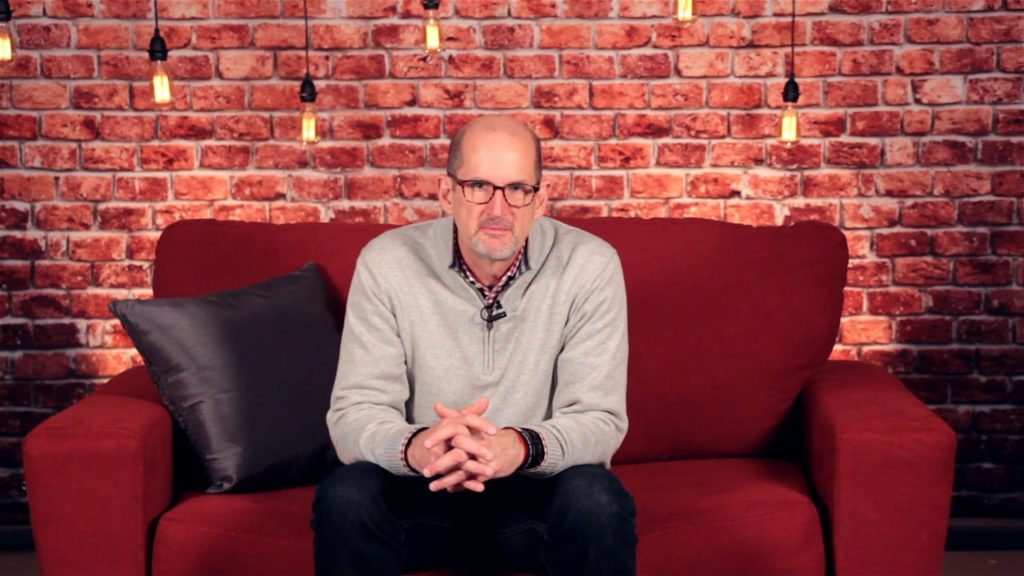Yesterday we introduced you to passion that the North American Mission Board has for bringing support to dying churches across North America. With a passion for God’s Glory to be revealed in the local church, Legacy church planting is a comprehensive approach that brings strategic resources to a dying church.
This results in the replanting, revitalizing or re-appropriation of its resources with a passion for God’s Glory to be revealed in the local church.
How does this process work?
Assessment
Legacy planting begins by a careful examination of the dying church to discover the following;
1. Is it in a location where a church is needed?
2. Is the building usable and worth saving? Is it cost effective?
3. Could the building be used as an incubator for multiple church plants and or community ministry?
Each of these questions requires a through and exhaustive examination to determine if the church is even a candidate for Legacy.
Investment
After concluding that the building is located in such a place as a new church is needed or that it could be used to facilitate church plants and or ministry, the dying church must accept a Legacy process that involves repentance, remembering the legacy that first birthed them and realization that they must accept a new paradigm of leadership. In other words, they must be willing to give up “command and control” to an outside entity that has as its first and foremost goal to glorify God by once again seeing this church as a place that contextually makes disciples who make disciples that result in community transformation.
Strategy
Giving up command and control can take several forms: everything from closing and handing over all property to handing over a portion of the property to be used for a new church plant.
There are five basic arenas for Legacy planting.
1. Closing and giving the property to become the campus of another church.
2. Closing and giving the property to a new church plant.
3. Merging with a new church plant.
4. Sharing space with a new church plant with a merger as a possibility at a later date.
5. RePlanting with remaining members using a Legacy replant strategy.
Mobilization
The assessment, investment and strategy stages will then allow the church, in partnership with the North American Mission Board to mobilize a strategy that can be used to bring life to the church:
Legacy Plant. A church determines to replant itself upon the legacy of ministry and missions that once existed. In order to do this they (1) Give up command and control to outside leadership team and (2) Receive an assessed and equipped Legacy RePlanter.
The Legacy rePlant forms an outside leadership team. This team is made of the rePlanter and 5-7 people from sending or sponsoring churches or entities. This team makes all the decisions short of closing the church or selling the building.
The legacy rePlanter works to:
1. Love and care for the remaining members.
2. Live on mission in his community in order.
3. Serve the community with radical generosity.
Legacy Partnership. A church determines to conclude its current ministry and invite another SBC church to take ownership of the facilities/resources and ministry in the community.
1. By merging with a new church plant.
2. By sharing space with a new church plant with the option to merge at a later date.
Legacy Provision. The church agrees to conclude its ministry and provide its remaining resources to an SBC partner for church planting.
1. By becoming a campus of another church.
2. By providing a home for new church plant.
We believe that each of these options: A Legacy Plant, A Legacy Partnership or A Legacy Provision provides a valuable means by which NAMB can assist churches throughout North America who are on the brink of death. For more information on Legacy Church Planting please contact John Mark Clifton at [email protected].
Published January 27, 2015
